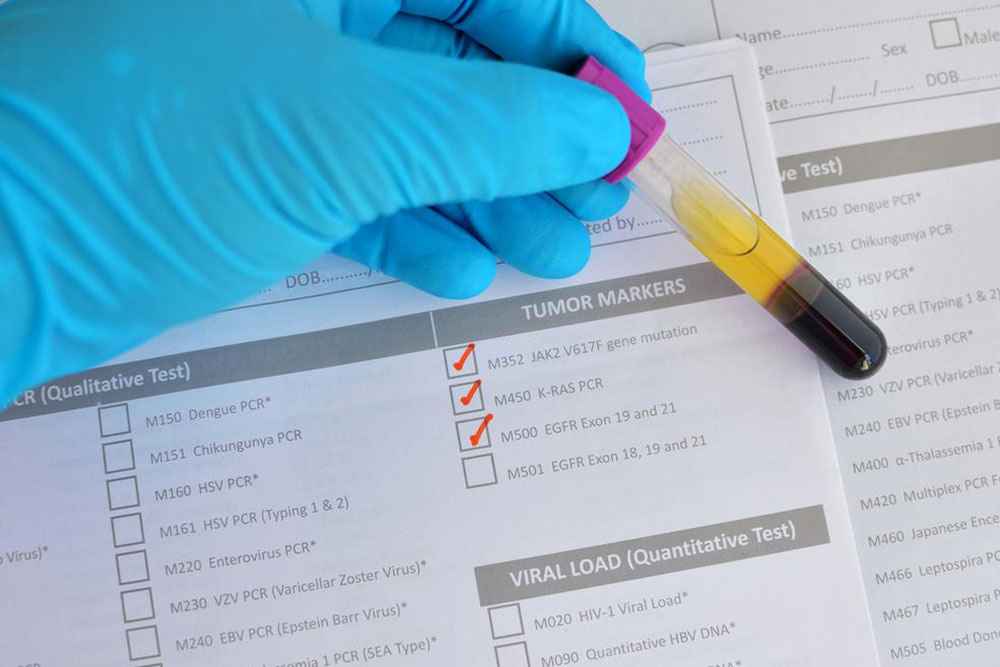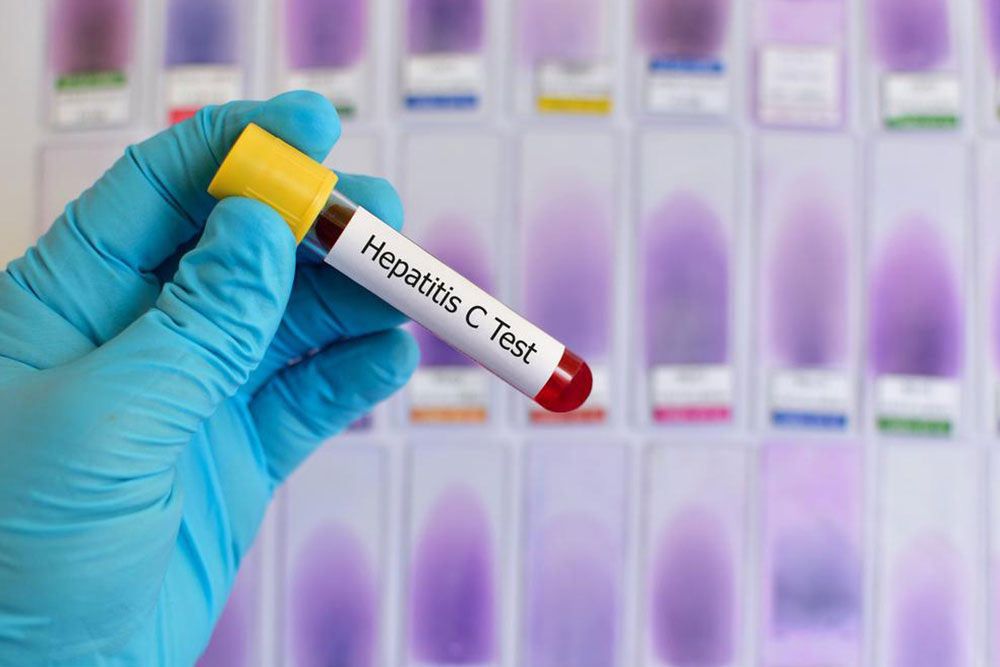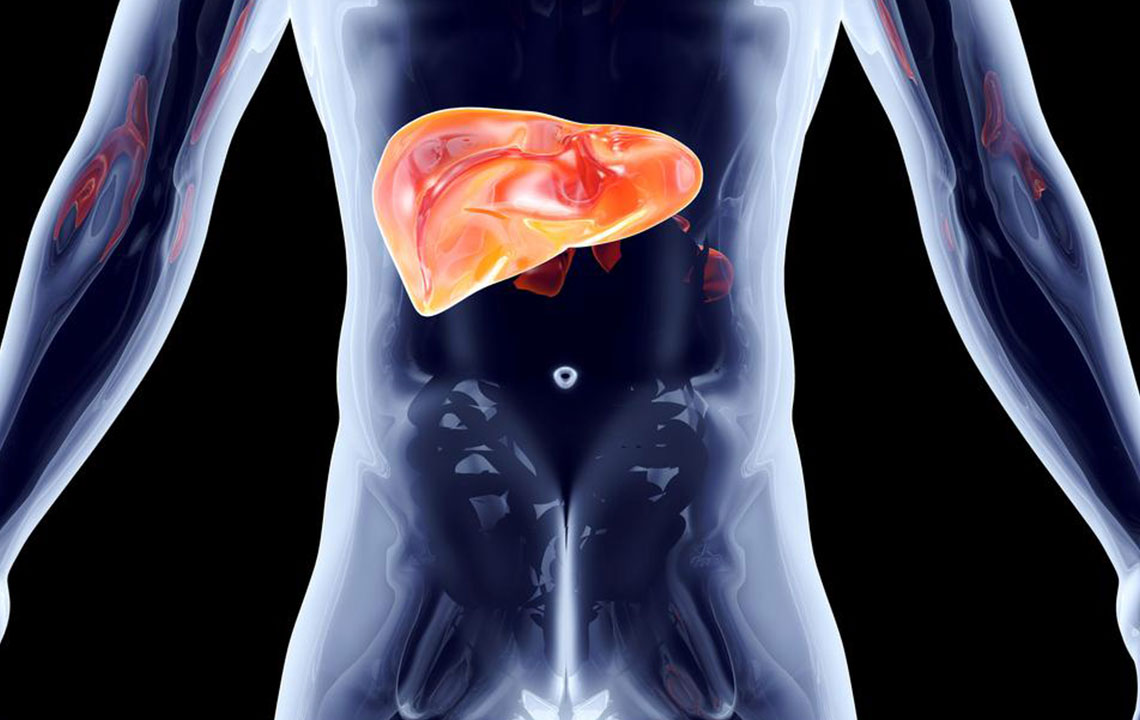Comprehensive Guide to Recognizing Early Signs of Liver Cirrhosis Before it Progresses
Liver cirrhosis is a critical condition that develops gradually, often showing subtle early symptoms. Recognizing signs such as fatigue, abdominal pain, skin changes, and digestive issues early can significantly impact treatment success. This comprehensive guide details the stages, warning signs, and management strategies for liver cirrhosis, emphasizing the importance of early detection and proactive care to prevent severe liver failure and improve quality of life.

Understanding the Early Symptoms of Liver Cirrhosis
Liver cirrhosis is a severe liver condition characterized by extensive scarring of liver tissue, which can ultimately lead to liver failure if left untreated. This condition usually develops gradually and is often the consequence of chronic liver diseases such as hepatitis, long-term alcohol consumption, fatty liver disease, or metabolic syndromes like diabetes. Although liver damage from cirrhosis is irreversible, timely detection and management of early symptoms can significantly improve prognosis and prevent life-threatening complications.
Stages and Development of Liver Cirrhosis
The progression of liver cirrhosis occurs through distinct stages, starting with steatosis (fatty liver), advancing to fibrosis (scar tissue formation), then to fully developed cirrhosis, and finally causing liver impairment. Early in the disease, symptoms are often subtle or absent, which makes early diagnosis difficult. Therefore, understanding the early warning signs is crucial for early intervention and effective treatment.
Important signs that could indicate the onset of liver cirrhosis include:
Persistent fatigue and exhaustion
Loss of appetite or sudden weight loss
Discomfort or pain in the upper right abdomen
Nausea, vomiting, or indigestion
Spider-like blood vessels visible on the skin (spider nevi)
Itching skin without an apparent cause
Understanding these symptoms can help individuals seek medical advice sooner, potentially catching the disease early and starting treatment to prevent progression.
Key Early Symptoms and Their Significance
Persistent Fatigue and General Weakness
One of the most common early symptoms, fatigue often appears before any visible signs of liver damage. This extreme tiredness results from reduced liver function affecting the body's ability to produce energy. Managing fatigue involves adequate rest, stress management, and avoiding stimulants such as caffeine. Recognizing fatigue as a warning sign encourages prompt medical evaluation.
Loss of Appetite and Unintentional Weight Changes
As the liver’s ability to produce necessary hormones and nutrients declines, patients often notice decreased hunger. Maintaining proper nutrition is essential, and eating easily digestible foods like salmon, eggs, tofu, and low-fat dairy can support overall health while reducing stress on the liver.
Persistent Upper Abdominal Pain
Discomfort or pain localized in the upper right quadrant of the abdomen is common in early cirrhosis. This pain may stem from an enlarged liver or spleen, or fluid accumulation due to inflammation. Persistent pain warrants prompt medical assessment to determine the cause and start appropriate treatment.
Digestive Problems Including Nausea
Impaired liver function hampers the body's ability to detoxify, leading to symptoms like nausea and vomiting. Proper diet, hydration, and, in some cases, medications can help alleviate these symptoms and support the body's natural detox processes.
Spider Nevi (Web-like Blood Vessels)
These small, red, spider-shaped blood vessels typically appear on the face, neck, or limbs. They are caused by increased estrogen levels resulting from liver dysfunction affecting hormone metabolism. Managing hormone levels and treating underlying liver issues can help reduce their appearance.
Skin Itching
The accumulation of bile salts due to liver impairment often leads to pruritus or skin itching. Gentle skincare, cool baths, and the use of moisturizers or anti-itch creams can alleviate discomfort. If itching persists, medical consultation is necessary to evaluate liver function and treat the underlying cause.
Additional symptoms that may appear include swelling in the legs and abdomen (edema and ascites), easy bruising and bleeding tendencies, and pallor or yellowing of the skin and eyes (jaundice). Recognizing these early signs provides an opportunity for timely medical evaluation, diagnostics, and intervention to manage the disease effectively and prevent escalation.





